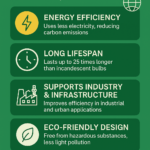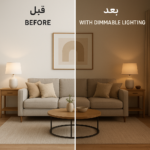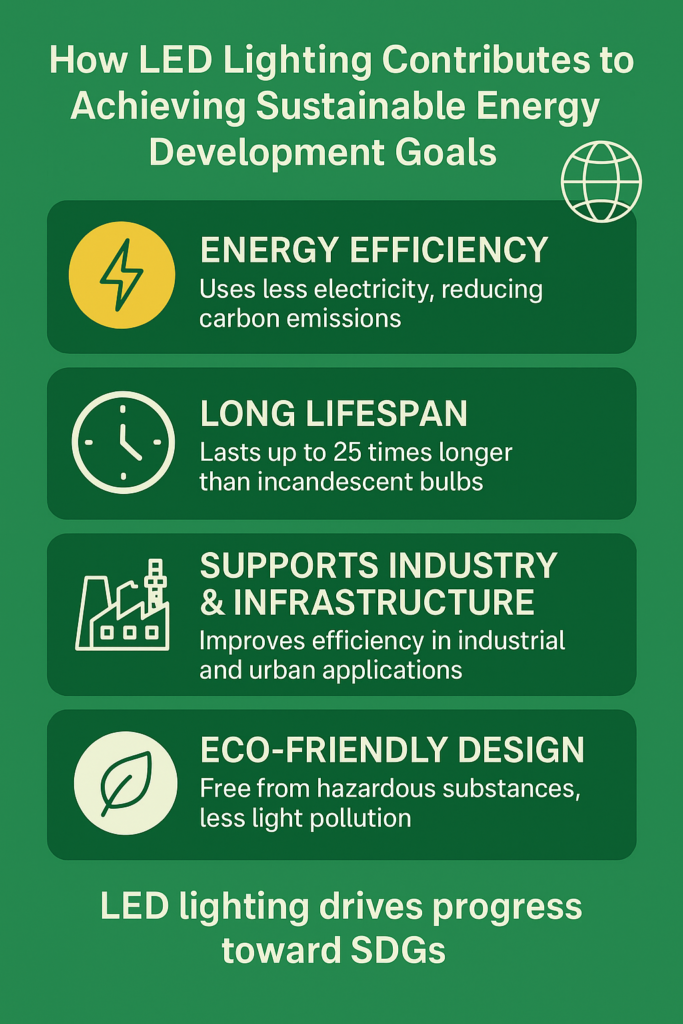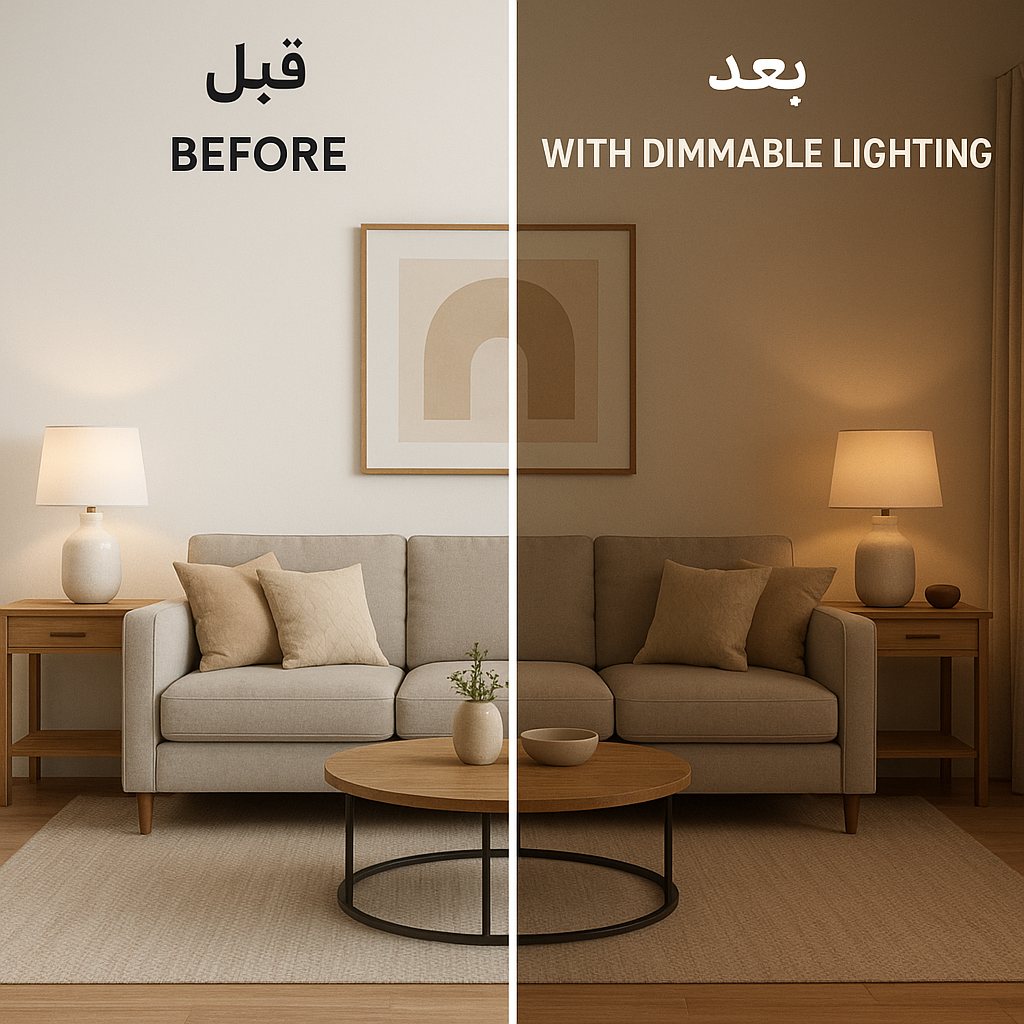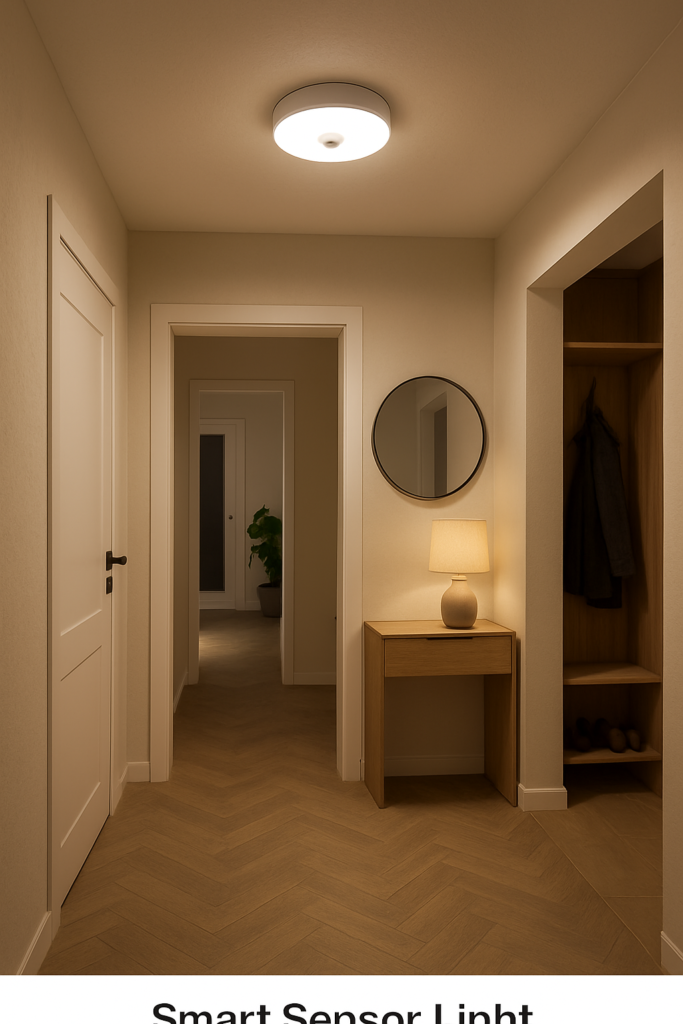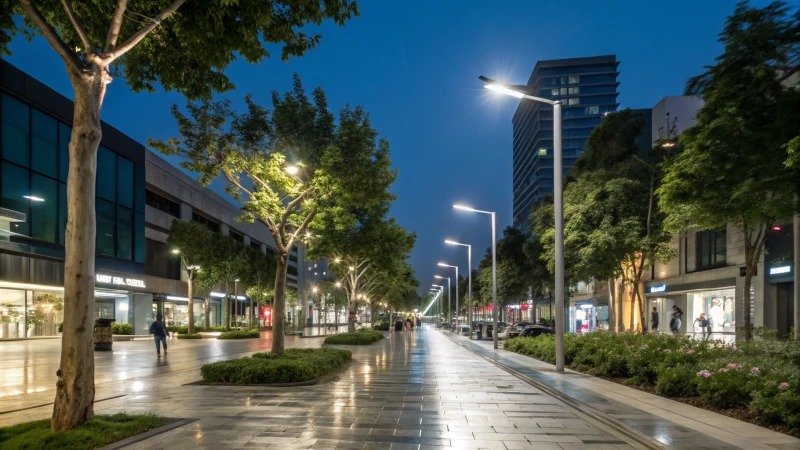Shining a Light on Sustainability
The lighting industry is shifting towards sustainability, with LED bulb recycling playing a crucial role in reducing environmental impact. Think of it as giving your old bulbs a second chance at shining—literally! As awareness of climate change grows, manufacturers and consumers are embracing eco-friendly lighting. This article explores LED bulb recycling, highlighting the latest technologies, best practices, and benefits of sustainable lighting.
The Importance of LED Bulb Recycling

LED bulbs are the top choice for energy-efficient lighting, but their disposal poses challenges. Unlike traditional bulbs, LEDs contain electronic components requiring specialized recycling. Proper LED bulb recycling recovers valuable materials and minimizes harmful waste.
Environmental Impact of LED Bulb Waste
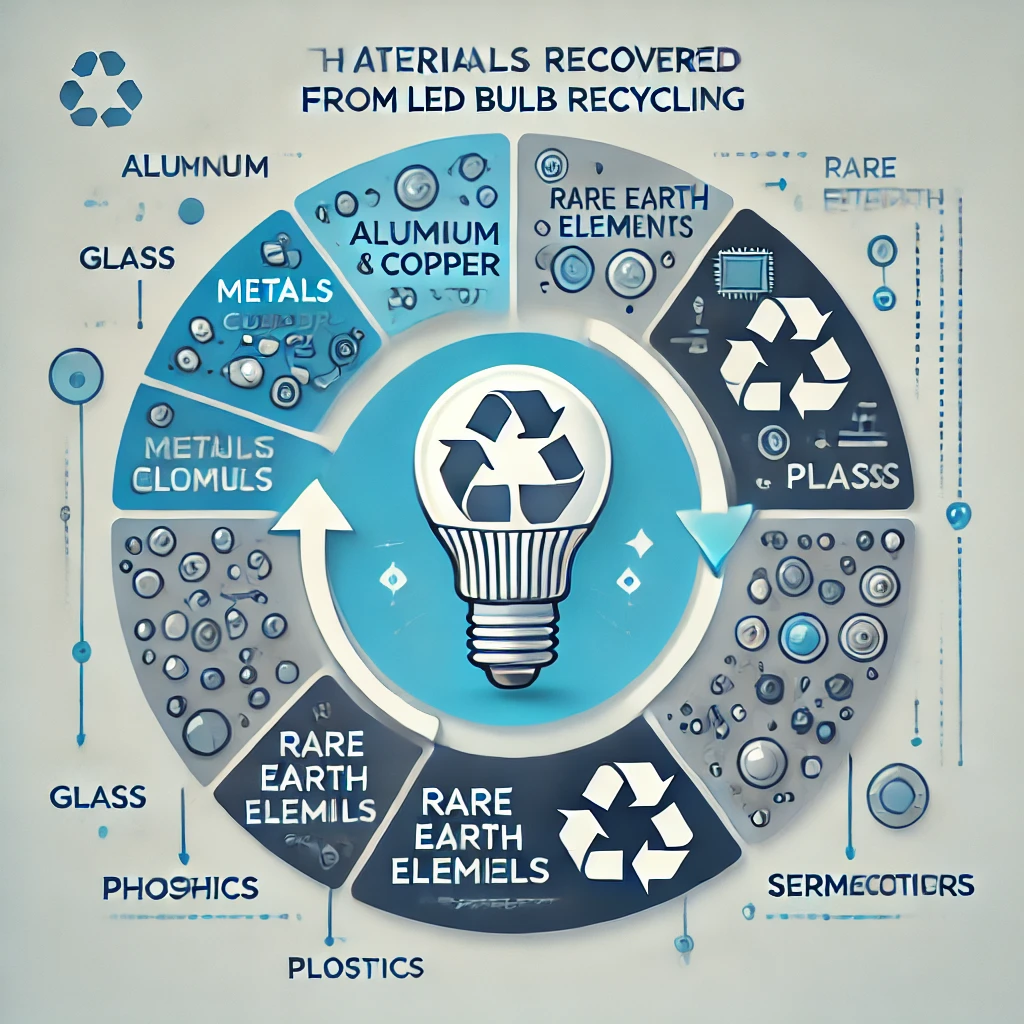
- Recycling LED components helps recover precious metals like aluminum and copper.
- Preventing toxic materials, like lead and arsenic, from contaminating the environment.
Innovative Technologies in LED Bulb Recycling
Companies are using advanced technologies to make LED bulb recycling more efficient and eco-friendly.
Advanced Material Recovery Systems

Modern recycling facilities use innovative techniques to extract valuable materials:
- Semiconductor and Metal Separation: A high-tech sorting process recovers rare earth elements.
- Glass and Plastic Processing: Specialized machines repurpose glass and plastic.
Circular Economy in LED Lighting

Some companies go beyond recycling, designing bulbs that are easier to reuse from the start:
- Modular LED Designs: Replaceable parts mean fewer bulbs in the trash.
- Biodegradable LED Casings: A step towards nature-friendly lighting.
Case Studies: Successful LED Bulb Recycling Initiatives
Philips’ LED Recycling Program
Philips collaborates with waste management firms to ensure responsible disposal and material recovery.
GE’s Commitment to Sustainable LED Lighting
General Electric (GE) develops energy-efficient LED bulbs with recycled components.
The Benefits of LED Bulb Recycling

- Lower Carbon Footprint: Less energy wasted on new materials.
- Cost Savings: Manufacturers save on materials, potentially lowering bulb prices.
- Compliance with Environmental Regulations: Businesses can avoid fines.
- Positive Brand Image: Consumers appreciate eco-conscious brands.
How Consumers Can Participate in LED Bulb Recycling

- Use Manufacturer Take-Back Programs: Many brands accept old bulbs for recycling.
- Find Local Recycling Centers: A quick search can help locate a nearby facility.
- Avoid Disposing LEDs in Regular Trash: Sending LEDs to landfills is wasteful.
Take the Bright Step: Recycle Your LED Bulbs Today!
The future of lighting depends on responsible recycling. By supporting companies prioritizing LED bulb recycling and making informed purchases, you can contribute to a greener planet.
Frequently Asked Questions (FAQ)
Why is LED bulb recycling important?
Recycling LED bulbs prevents pollution, conserves materials, and reduces landfill waste.
Where can I recycle my old LED bulbs?
Many hardware stores, municipal recycling centers, and lighting manufacturers offer LED bulb recycling programs.
Are LED bulbs more recyclable than fluorescent bulbs?
Yes! LEDs contain fewer hazardous materials such as mercury, cadmium, and lead, making them safer for the environment. They are also easier to recycle due to their solid-state components, longer lifespan, energy efficiency, and the ability to recover valuable materials like rare earth elements, phosphors, glass, aluminum, copper, and semiconductors. Unlike fluorescent bulbs, which require special
What happens to recycled LED bulbs?
Recycled LED bulbs are processed to recover valuable metals, glass, rare earth elements, plastics, phosphors, semiconductors, aluminum, copper, silicon, and other reusable materials.
Sources
- U.S. Environmental Protection Agency (EPA) – LED Lighting and Recycling Guidelines. www.epa.gov
- Philips Sustainability Report 2024 – LED Recycling Initiatives. www.philips.com
- General Electric (GE) Sustainability and Circular Economy. www.ge.com
- International Energy Agency (IEA) – The Future of Sustainable Lighting. www.iea.org
- Recycling LED Bulbs: Best Practices – Environmental Research Journal. www.erj.org
Suggested Topics
- Exciting Innovations in Eco-Friendly Lighting Design
- Reducing Carbon Footprint: Revolutionary Green Lighting Technologies
- Smart Bulbs: How to Choose the Right One for Your Home (Ultimate Guide


